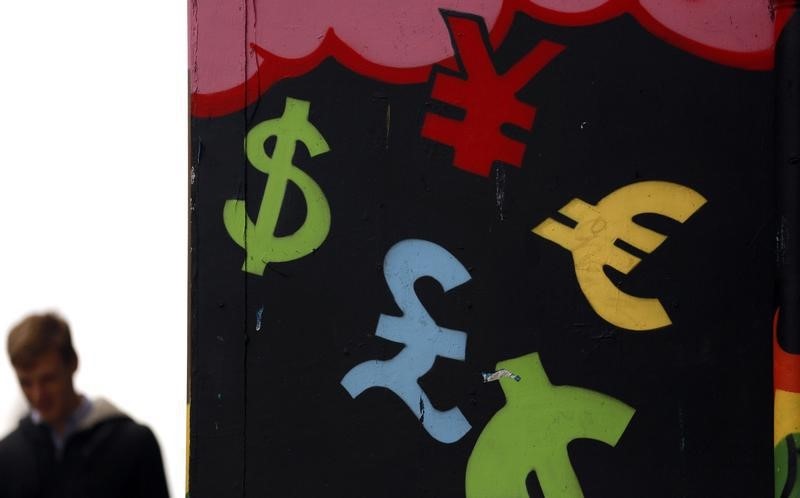(Bloomberg) -- The road to recovery for the U.S. economy will be uneven, unclear and uncertain as the coronavirus retains its hold on business and Americans’ everyday activities, according to the heads of the nation’s biggest banks.
In the wake of brighter data on employment, retail sales and housing over the last two months, most financial-institution executives curbed their enthusiasm about the economy during the kickoff to the latest earnings season -- even as some of their own profits rose.
“There is no question as reopening has occurred, we’ve seen a pickup in that activity,” David Solomon, chief executive officer at Goldman Sachs Group Inc (NYSE:GS)., said on the firm’s July 15 earnings call. But with a recent uptick in Covid-19 cases in several states “and this uncertainty persisting, I think you’ll see a flattening in that economic pickup and that will slow the progress we make.”
JPMorgan Chase (NYSE:JPM) & Co. CEO Jamie Dimon was just, if not more, skeptical that the recent pace of improvement in the economy will endure.
“You’re going to have a much murkier economic environment going forward than you had in May and June,” Dimon said on JPMorgan’s July 14 call. “You are going to have a lot of ins and out. You are going to have people scared about Covid. They’re going to be scared about the economy, small businesses, big companies, bankruptcies, emerging markets. So it just could be murky.”
While employers have added 7.5 million workers to their payrolls in the past two months, the number of Americans on state jobless benefit rolls remains stubbornly high at more than 17 million. Meantime, the virus continues to inject a steady stream of uncertainty into recovery efforts. Some 22 states have either reversed or paused reopenings, according to Bank of America Corp (NYSE:BAC). economists.
Bank of America CEO Brian Moynihan told analysts Thursday that “baseline projections now extend the length of the recessionary environment into 2022, deep into 2022.”
Michael Corbat, Citigroup Inc (NYSE:C).’s CEO, is viewing the virus-economic relationship through four stages -- containment, stabilization, normalization and ultimately a return to growth.
“I would describe right now that, broadly in the world, we are somewhere between containment and stabilization,” Corbat said on the firm’s July 14 call. The stabilization phase would include removal of some actions put in place to contain the virus, such as social distancing.
“Normalization to me is: Am I willing to get on the airliner, am I willing to get in a subway, am I willing to go into a crowded venue to watch a sporting event or a concert or what it may be?” Corbat said, adding that that won’t occur until “a vaccine that’s available for the mass population.”
For its part, the Federal Reserve has effectively ensured the proper function of capital markets, according to Charles Scharf, Wells Fargo (NYSE:WFC) & Co.’s CEO.
“However, the economic recovery will not be smooth,” Scharf said on the bank’s July 14 call. “Much of the economy is still essentially closed. We’re just beginning to open, and additional restrictions are being implemented as the spread of the virus continues to increase in many areas of the world.”
©2020 Bloomberg L.P.
